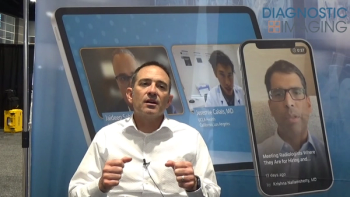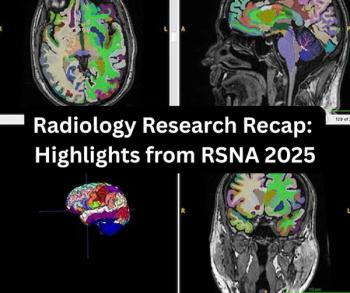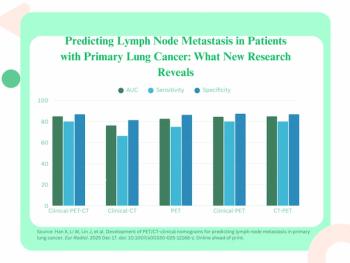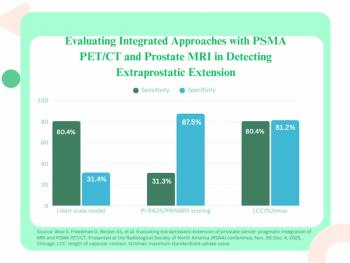
Radiologists examine images in the palms of their hands
The power of handheld computing in radiology has often been relegated to use as a calendar or reference and education tool. Researchers at the Stanford Medical Center, however, report that PDAs can successfully be used for preliminary interpretations of head and chest CT exams.
The power of handheld computing in radiology has often been relegated to use as a calendar or reference and education tool. Researchers at the Stanford Medical Center, however, report that PDAs can successfully be used for preliminary interpretations of head and chest CT exams.
Using a mobile teleradiology system developed by the center for use with personal digital assistants, researchers were able to minimize the time required to access and manipulate images, allowing them to spend most of their interaction time for productive image review.
Study results indicated that while the devices' small screens did present some barriers to image review, optimized window and level settings could maximize image quality. The study was presented at last year's RSNA meeting.
"It takes a little longer to view a study, but the additional time is less than having to travel to a hospital or home with access to conventional land-line workstation viewing, particularly when time is of the essence," said lead author Dr. Jeffrey Hellinger, a clinical instructor of radiology at Stanford.
Hellinger and colleagues compared their PDA-based teleradiology system with a traditional PACS in the interpretation of 10 head and 10 chest multislice CT scans. They used a Toshiba e740 model PDA for review.
Overall viewing on PDAs took approximately eight minutes, with slightly more than 50% of the time spent on scrolling through the slices, according to study results.
Head scans took nearly five minutes to complete on the PDA compared with approximately 2.3 minutes for review on a PACS workstation. All of these PACS interpretations were concordant with interpretations using the PDA.
For chest scans, the radiologist took about 10 minutes using the PDA and about half that time using the PACS. PACS interpretations were consistent with PDA interpretations, according to investigators, with the exception of two additional 2-mm nodules detected using the PACS.
The main advantage to using PDAs for initial review, Hellinger said, is that preliminary interpretation scans can be done remotely at any time. This could be invaluable in time-sensitive emergency situations or when providing assistance to other physicians in the event that access to a workstation is limited.
Additionally, the small form factor and long battery life afforded by PDAs are advantages over laptops for mobile teleradiology, according to Dr. Raghav Raman, a radiology resident at Stanford who coordinated the study.
The center is pushing forward with other clinical applications using the PDA. Researchers are particularly interested in examining the use of PDA for emergency exams such as head, chest, and abdominal CTs as well as CT angiograms and radiographs, according to Hellinger.
Bhargav Raman, a computer science major who was the principal developer of the image viewing program, has since extended the software to the latest generation of Hewlett Packard hx4705 series PDAs that offer four times the image quality.
"Until we can validate the work on a larger patient population with a larger spectrum of disease, and there is FDA approval for our patented system, this technology should only be used to render preliminary interpretations and not for final diagnostic purposes," Hellinger said.
Newsletter
Stay at the forefront of radiology with the Diagnostic Imaging newsletter, delivering the latest news, clinical insights, and imaging advancements for today’s radiologists.




























